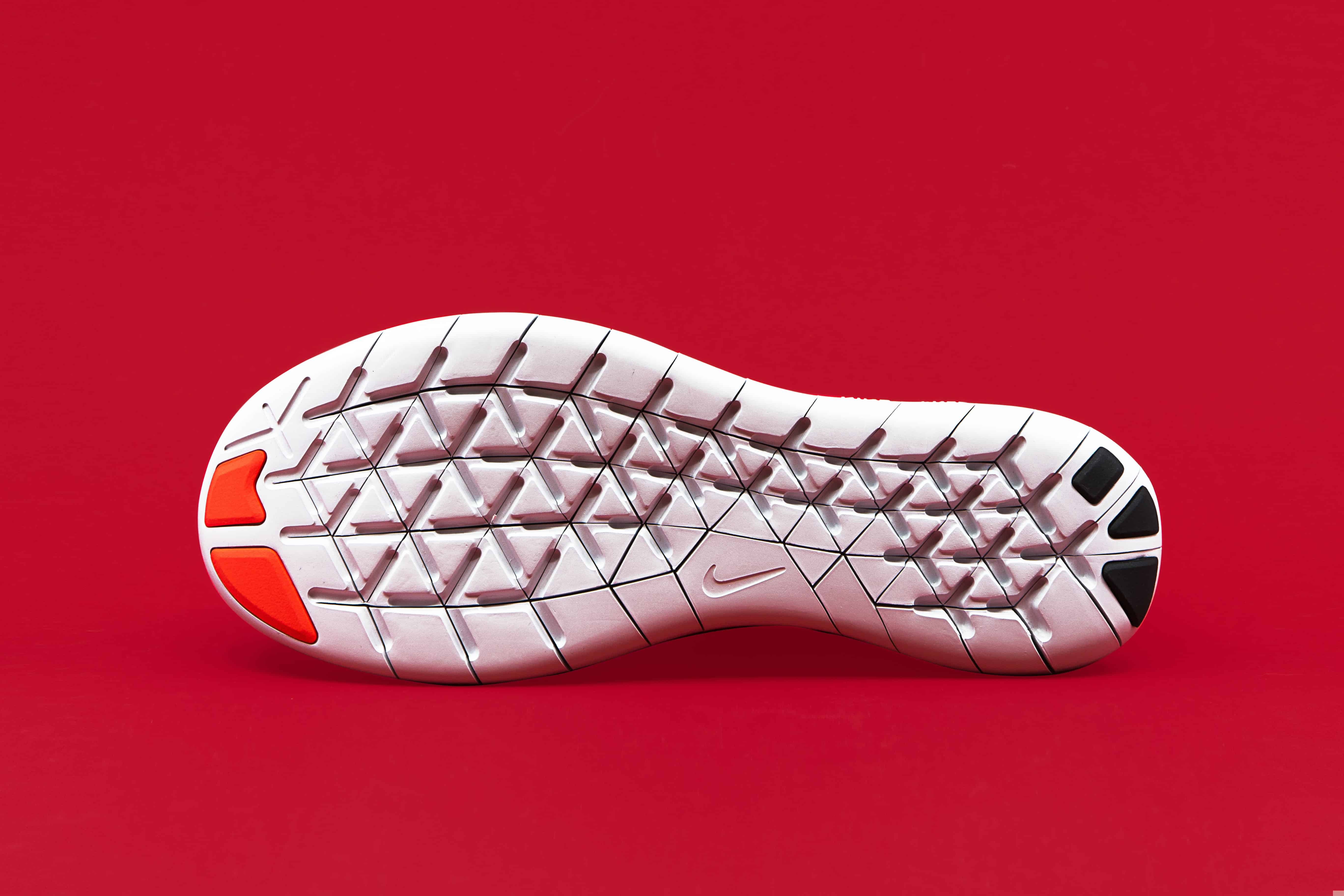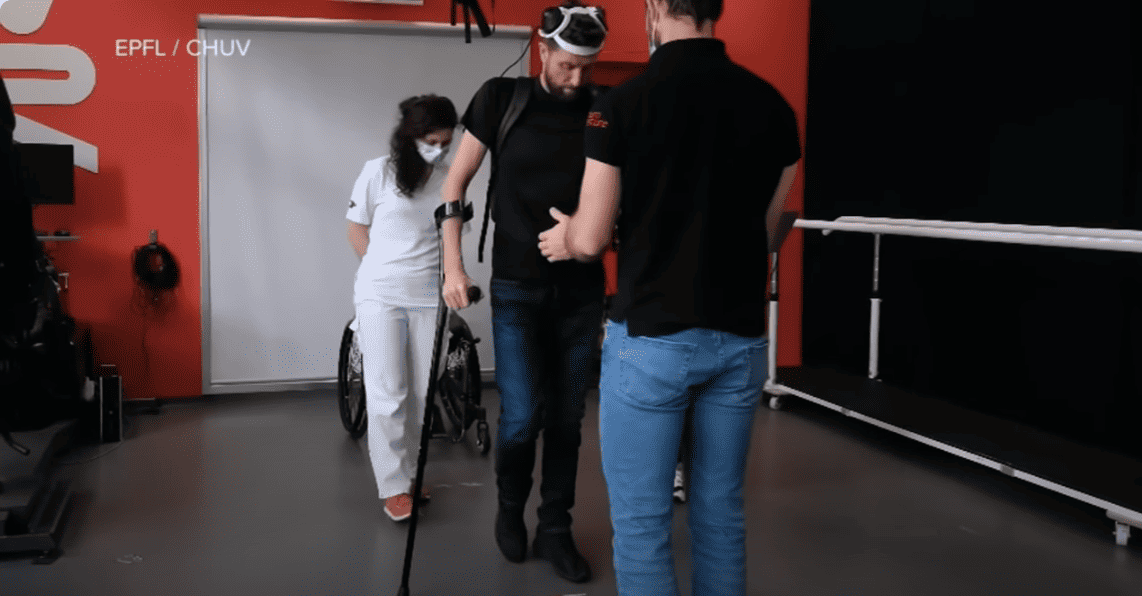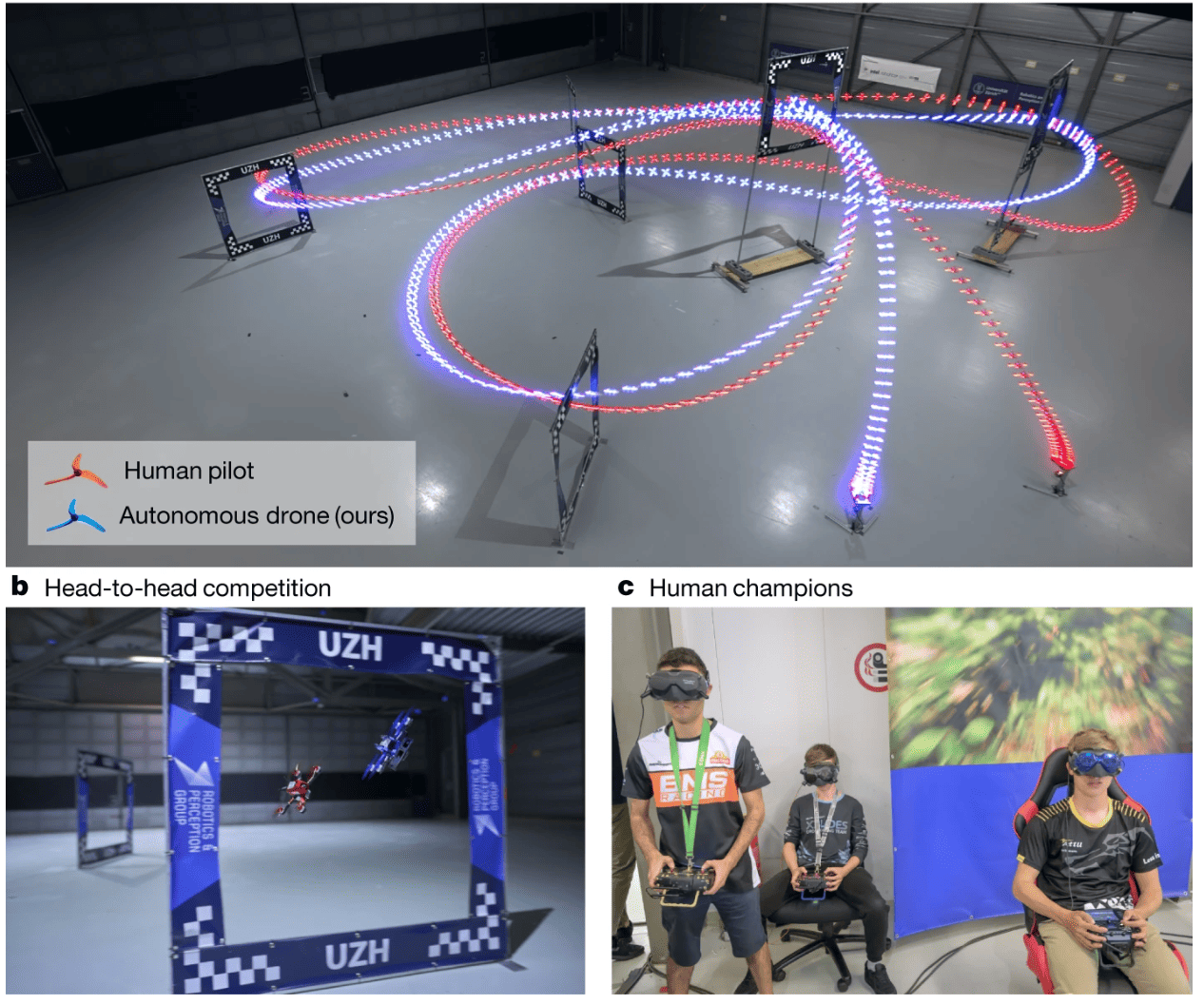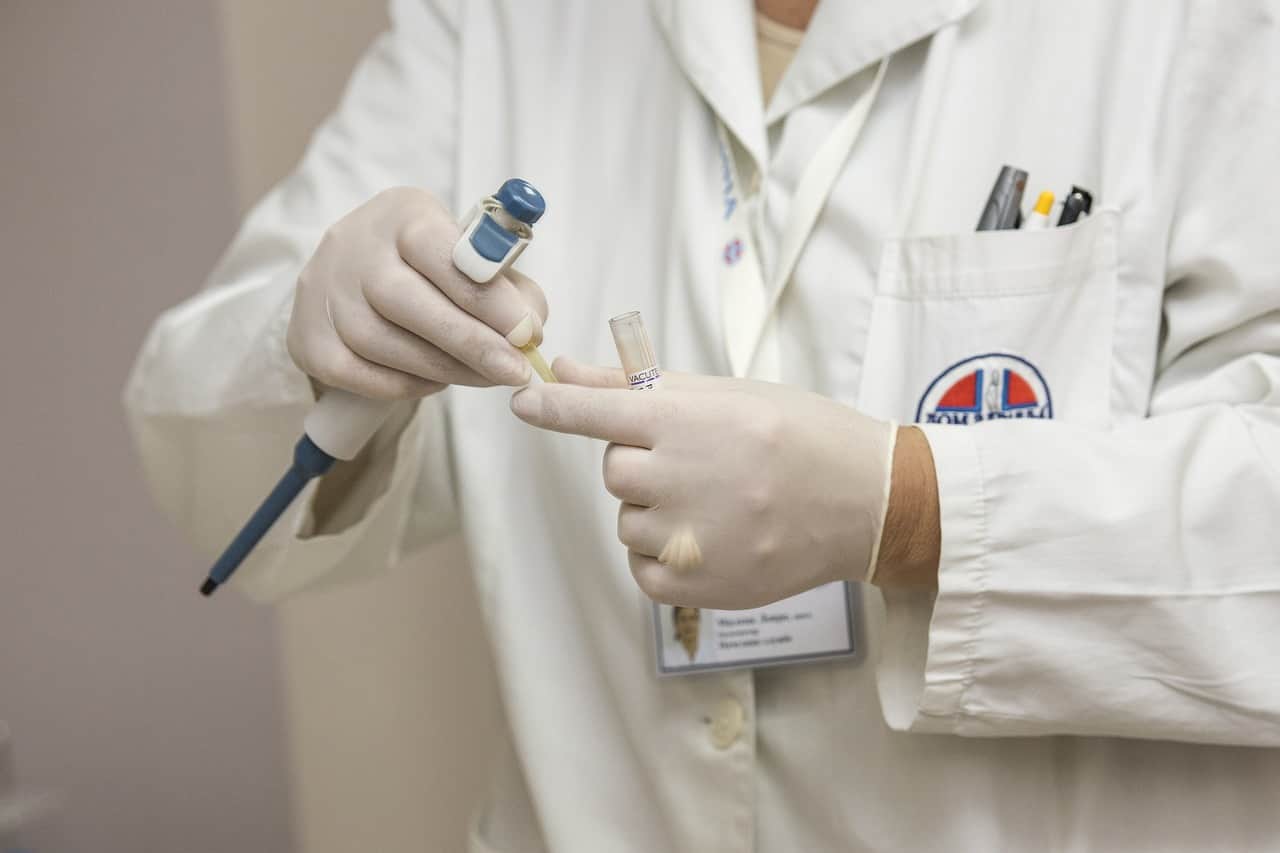
Researchers at ETH Zurich are developing a 3D-printed insole with integrated sensors that allows the pressure of the sole to be measured in the shoe and thus, during any activity.
In elite sports, fractions of a second sometimes make the difference between victory and defeat. To optimize their performance, athletes use custom-made insoles. But people with musculoskeletal pain also turn to insoles to combat their discomfort.
Before specialists can accurately fit such insoles, they must create a pressure profile of the feet. To this end, athletes or patients have to walk barefoot over pressure-sensitive mats, where they leave their footprints. Based on this pressure profile, orthopaedists then create customized insoles by hand. The problem with this approach is that optimizations and adjustments take time. Another disadvantage is that the pressure-sensitive mats allow measurements only in a confined space but not during workouts or outdoor activities.

A new solution
The new invention by a research team from ETH Zurich and other institutions – announced in a press release – could significantly improve things. The scientists used 3D printing to produce a customized insole with integrated pressure sensors that can measure the pressure on the sole of the foot directly in the shoe during various activities.
“You can tell from the pressure patterns detected whether someone is walking, running, climbing stairs, or even carrying a heavy load on their back – in which case the pressure shifts more to the heel,” explains co-project leader Gilberto Siqueira, Senior Assistant at ETH Complex Materials Laboratory. This makes tedious mat tests a thing of the past.

One device, multiple inks
These insoles aren’t just easy to use but also easy to make. They are produced in just one step – including the integrated sensors and conductors – using a single 3D printer called an extruder.
For printing, the researchers use various inks explicitly developed for this application. As the basis for the insole, scientists use a mixture of silicone and cellulose nanoparticles.
Next, they print the conductors on this first layer using silver conductive ink. They then print the sensors on the conductors in individual places using black carbon ink. The sensors aren’t distributed at random: they are placed precisely where the foot sole pressure is greatest. To protect the sensors and conductors, the researchers coat them with another silicone layer.
The initial difficulty was to achieve good adhesion between the different material layers. The researchers resolved this by treating the surface of the silicone layers with hot plasma.
As sensors for measuring regular and shear forces, they use piezo components, which convert mechanical pressure into electrical signals. In addition, the researchers have built an interface into the sole for reading out the generated data.

Running data and reading it out wirelessly
Tests showed the researchers that the additively manufactured insole works well. “So with data analysis, we can identify different activities based on which sensors responded and how strong that response was,” Siqueira says.
Currently, Siqueira and his colleagues still need a cable connection to read out the data; to this end, they have installed a contact on the side of the insole. He says a subsequent development step will be creating a wireless connection. “However, reading out the data hasn’t been the main focus of our work so far.”
In the future, 3D-printed insoles with integrated sensors could be used by athletes or in physiotherapy, for example, to measure training or therapy progress. Training plans can be adjusted based on such measurement data, and permanent shoe insoles with different hard and soft zones can be produced using 3D printing.
Although Siqueira believes their product has strong market potential, especially in elite sports, his team hasn’t yet taken any steps toward commercialization.
Selected for you!
Innovation Origins is the European platform for innovation news. In addition to the many reports from our own editors in 15 European countries, we select the most important press releases from reliable sources. This way you can stay up to date on what is happening in the world of innovation. Are you or do you know an organization that should not be missing from our list of selected sources? Then report to our editorial team.







